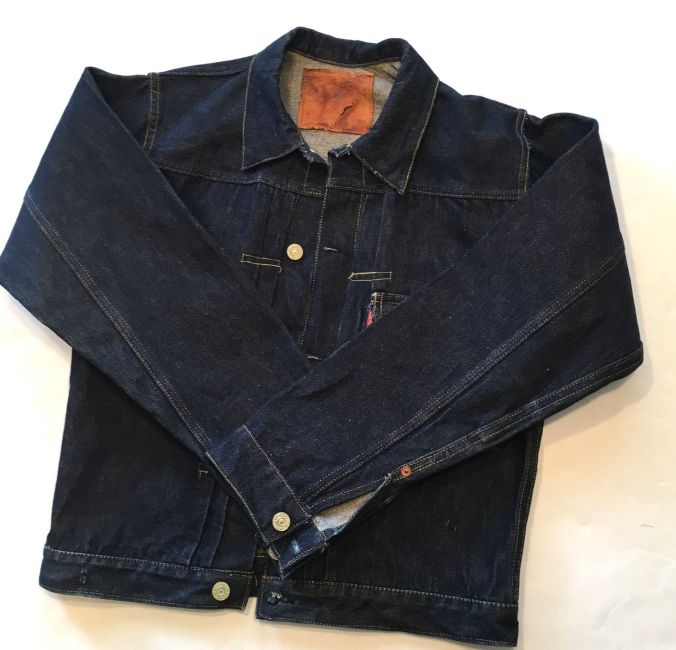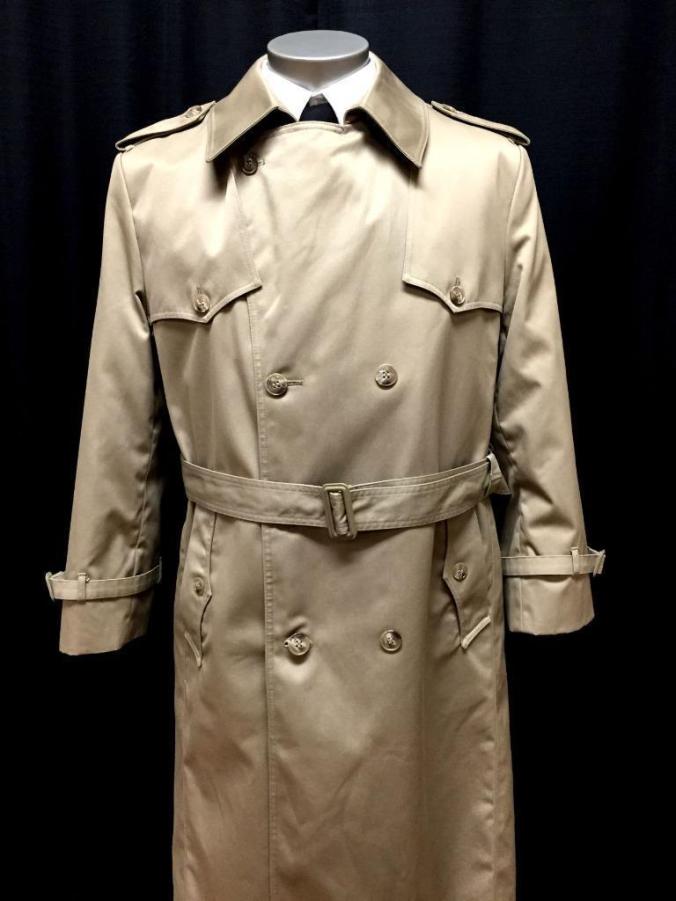I did a questionnaire a few months ago asking multiple sellers what some of their frustrations are when it comes to selling. One of the topics that was brought up by sellers was fixed priced listings versus auctions. The frustration was that it was easier and cheaper to list something as a buy it now but the success rate was not nearly as good as auctions. What could they do to make their buy it now listings sell at a higher rate.
I wanted to take a stab at this topic and share my thoughts.
Auctions can be awesome. They are unpredictable and sometimes sell for a much higher amount than what anyone would expect. This is why I start EVERY item I sell on auction no matter what. My starting price is usually the exact same price I would set as a buy it now so I never get hurt if something only gets one bid.
If something doesn’t sell on auction, I turn it into a buy it now, build my store and ultimately build a funnel of steady, buy it now sales.
WHAT ARE YOU SELLING?
In my opinion there are four different scenarios that come to mind which can better determine if you should be using an auction or a buy it now listing. After you’ve decided which category a certain item belongs in you can begin to strategize the best way to turn them into sales.
Group 1. Common, mass-produced item.
(Example: Ralph Lauren Blazer)

After typing in the search, ‘Ralph Lauren Blazer Mens’ there were 4,606 available options. Of course, you can narrow the search with item specifics but it is a very common item.
This item is probably best served as a buy it now listing. People who are purchasing this item don’t need to wait for an auction to end because there are already several, buy it now options available to them and they’re likely to purchase in the moment. As I mentioned before, I would always list the item first as an auction and if it doesn’t sell turn it into a buy it now.
Group 2. Unique, one of a kind item in HIGH demand.
(Example: Vintage Levis Denim Jacket)

This is an original Levi’s, Type 1 Big E jacket that sold for $3,383.00 with four bids.
This type of item is best served as an auction because it is in high demand without much, if any competition. The price will be driven high and the market price goes out the door. These are UNIQUE items that can generate big money.
Group 3. Unique, one of a kind item in LOW demand.
(Example: Iowa State Swimming & Diving Robe)

This vintage robe I recently listed on auction for $99.99 and no one purchased. I turned it into a buy it now for the same price.
This type of item is best suited for a long-term buy it now. There are only a handful of people who are interested in this item and typically price is not the concern. These are unique, one of a kind items that are very hard to find anywhere else. These type of items require patience but ultimately will sell.
Group 4. Low value, common demand items.
(Example: $12-$20 Talbots Sweater)

I searched ‘Talbots Sweater’ and there were 13, 070 choices. That can be narrowed down but EXPOSURE is key when competing in this group of items.
This type of item doesn’t really have a home. You can set it up as a buy it now and just wait or you can run it on auction and hope that the higher exposure creates a sale at a lower price. This is really a matter of how much patience you have as a seller.
Strategies to SELL these different groups:
Group 2 (Unique, high demand, Levis Jacket) is the best type of item to sell. Auction is clearly the best format.
Group 3 (Unique, low demand, Iowa State Robe) won’t really be affected by price or format. If you move it to auction it won’t necessarily increase your chances of selling because you’re looking for a very particular buyer. I would suggest setting the price higher on these type of items and wait for the right person to come along.
Group 1 (common, mass-produced, Ralph Lauren Blazer) If you’re competing with multiple, similar listings you need to get your item to stand out in some way. Different variables apply here.
This list is in no order.
- Price: Make sure you are in line with similar listings. In my case, I would price a little bit below the standard because I’m interested in moving things at a faster pace rather than holding on to something for a couple of months to make a few bucks. If I see a common price of $29.99, I may price mine at $27.99 and move it quicker. However, I have found over time that price is typically not the main issue as long as you are fairly priced and have good feedback. Just don’t expect to sell things quickly if you are way overpriced.
- Shipping Price: I only offer free shipping on items that can be shipped via First Class mail domestically. I’ve heard all the spin from eBay about offering free shipping but after experimenting multiple times and studying other sellers I don’t believe it’s a factor and I believe in charging for shipping. However, if you are dealing with items in this group and they aren’t selling after being listed as a buy it now for some time you may want to consider bumping up your starting price and offering free shipping to see if that shake up helps.
- Top Rated Seller: Let’s just be honest…being a top rated seller helps, especially when being compared to multiple other listings. People will choose peace of mind every time if the price is fair. If you have the ability to qualify as a top rated seller, I would suggest that you do what you can to obtain it if you haven’t already.
- Best Offer: This is a strategy I have used before and it seems to work in the short-term but I’m not convinced it’s my favorite way to sell. What I’ve done is bump up the price of my items by 20% or so and add the best offer. This puts you in control of how much you sell the item for. I do know that ebay seller “starcitytraders” uses this method and has great success.
- Repeat Buyers: Create a great, customer service experience and you will win almost every time when competing with similar items from other sellers. Here is a blog post on customer service to help increase sales.
- Listing Duration: As has been discussed in previous blog discussions, reducing your buy it now listing durations to 3 or 5 days may have a real benefit rather than 30 days or GTC. Particularly with this group of items. You could pay a little bit more in re-listing fees but you will almost always be at the front as newly listed and / or ending soonest in the eBay ‘Best Match’ search. Try this for a month and see what happens.
- Sell Similar: If you haven’t sold an item within 90 days, end the listing and relist it using the ‘sell similar’ option. This ‘tricks’ the eBay system into thinking that it’s a brand new listing and will treat it as so. After 90 days, the ebay search engine will start to tune out listings that have little to no action, meaning views, watchers, etc. It’s possible that your listing isn’t showing up at all or nowhere near the front of the search results.
Group 4 (low value, common demand, Talbots Sweater) Do you want to wait a LONG time for low-priced item to hopefully sell at market value? Or do you want to try to turn it QUICKLY on auction and potentially not get the top dollar?

This Misty Harbor WOULD NOT sell for me for over six months. I had it as a buy it now as low as 14.99 at one point. After moving it to auction and using the strategy below it received 23 bids and sold for $61.00.
My strategy:
I put this entire group on auction for five days and typically have a sell thru rate of about 15-20%. The auctions that don’t sell, I relist again as a five-day auction and keep the price the exact same and get the same result (15-20% sell thru). Price is not usually the problem it’s typically EXPOSURE and by continuing to cycle these items thru auction you’ll gain that benefit. After a month or so, I’ll take the remaining items that didn’t sell and list them as a buy it now for a month and then re-cycle them through the auction process.
The benefit of this strategy:
- Higher exposure through auction.
- Generate more income by forcing sales thru auction every five days.
- Bidding wars can happen and price can go high even if it hasn’t sold in previous attempts (see the Misty Harbor coat above).
EXAMPLE:
If I have 300 items that fit into this group the math looks like this
(Sell thru 17.5%, Average Price $14, 5 day auction runs)
First Auction Run: 52 items sold, $728 sales
Second Auction Run: 43 items sold, $602 sales
Third Auction Run: 36 items sold, $504 sales
Fourth Auction Run: 30 items sold, $420 sales
Fifth Auction Run: 24 items sold, $336 sales
Final Auction Run: 20 items sold, $280 sales
Total for month: 205 items sold, $2870 sales.
I then take the remaining 95 items that didn’t sell and move them back to a buy it now and wait until I start my next cycle of low value, common items.
This is just me. I’m interested in selling things quickly that have low value.
You may be in a completely different situation with the amount of items you have in your store but this is how I generate extra income with this group of items.
What is YOUR Strategy?
I don’t believe there is a magic way to increase buy it now sales but I believe you have to stay active and on top of them. I know that some of you have had success finding the sweet spot with listings and I REALLY want to hear about it. What are some strategies you take to move items?
Let me know in the comments below.
Jesse — I have a question about your group 4 items and the strategy you’ve outlined: Do you pay attention to the time of day or day of the week that those listings are scheduled to end?
LikeLike
Good question! I absolutely do. The best time for me has always been Sunday evenings after 7:00 but I schedule all of my auctions to end at 9pm Central time Sunday – Thursday. I will end listings on Friday afternoons but am starting to get away from Fridays altogether. It used to be good for me but has changed over the past few years. I avoid Saturdays completely.
LikeLike
I have always found Sunday nights to be quite good as well. I’ve had nearly as much luck on Thursday nights (perhaps because so many people get paid Friday). We end listings Mon-Wed. as well, but avoid Fridays and Saturdays too. Just wanted to make sure I wasn’t overlooking something :).
LikeLike
Do you run 5 or 7 day auctions?
LikeLike
Both, just depends on what day of the week it is and what day I want the auctions to end, more than anything else.
LikeLike
Same with me!
LikeLike
Pingback: TOP TEN SALES January 2017 | The ebay edge